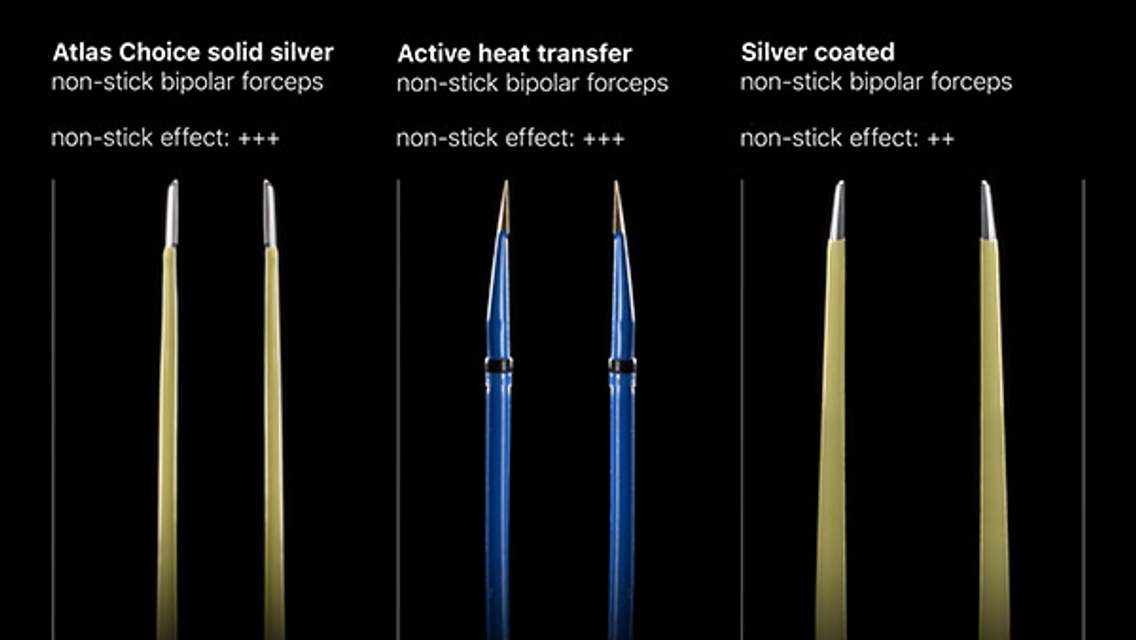Carotid Body Glomus Tumor (Glomus Caroticum; Carotid Body Paraganglioma)
Figure 1: (Top Left) The low-signal-intensity mass splaying the right internal and external carotid artery on T1WI is in a typical location for carotid body paraganglioma. (Top Right) This lesion tends to be hyperintense on T2WI containing low-signal-intensity flow voids due to its high vascularity. (Bottom) The lesion enhances avidly on postcontrast imaging due to this feature of hypervascularity as well.
Figure 2: T1FS postcontrast (top left) and T2FS (top right) images demonstrate an avidly enhancing mass with associated internal flow voids splaying the left internal and external carotid arteries in a patient with multiple paragangliomas. Digital subtraction angiography (bottom left) performed before embolization demonstrates a hypervascular mass splaying the left internal and external carotid arteries. After embolization, a whole-body 68Ga-DOTANOC PET/CT (bottom right) was performed to assess for additional sites of disease. 68Ga-DOTANOC localizes to organs and tumors that express specific subtypes of somatostatin receptors (neuroendocrine tumors, carcinoid, paragangliomas, etc). The selected image demonstrates a 68Ga-DOTANOC avid mass in the right carotid space compatible with an additional glomus caroticum paraganglioma.
BASIC DESCRIPTION
- Benign, hypervascular neuroendocrine tumor of neural crest origin
PATHOLOGY
- Glomus caroticum (GC) arise from glomus bodies within the carotid body at the carotid bifurcation
- Composed of chemoreceptor cells of neural crest origin
- Arterial supply from the ascending pharyngeal artery
- Sporadic >> familial
- Associated with NF-1, MEN-2, and von Hippel-Lindau (VHL), and multiple paraganglioma syndromes
- Medullary thyroid carcinoma, adrenal pheochromocytomas, multiple paragangliomas, renal and pancreatic tumors
- Multiple tumors are more common in familial cases
- May also develop as a response to chronic hypoxia (chronic obstructive pulmonary disease/chronic lung disease, high altitude)
- Chief cells rests (zellballen) and sustentacular cells within fibromuscular stroma are characteristic microscopic features
- Neurosecretory granules on electron microscopy
CLINICAL FEATURES
- Usually afflicts middle-aged adults (40–50 years old); younger at presentation if familial
- Slight male gender predilection
- Common presenting signs/symptoms
- Pulsatile, painless mass at the angle of the mandible with gradual enlargement
- CN 10 and CN 12 neuropathy
- Hormonally active tumors (catecholamine secretion) are rare: palpitations, flushing, hypertension
- Treatment
- Surgical resection based on Shamblin classification: tumor size and degree of contact with ICA
- Higher classification predicts surgical morbidity (CN neuropathy)
- ±Presurgical embolization to reduce bleeding
- Serial imaging follow-up with smaller, asymptomatic tumors
IMAGING FEATURES
- General
- Lobulated, enhancing mass centered within the carotid bifurcation
- Splays the internal and external carotid arteries
- Internal carotid artery displaced posterolaterally
- External carotid artery displaced anteromedially
- Jugular vein displaced posteriorly
- Single or multiple tumors
- Variable size
- Hallmark “salt-and-pepper” magnetic resonance imaging (MRI) appearance
- T1 hyperintense “salt” due to subacute hemorrhage, hypointense “pepper” due to arterial flow voids (more commonly seen in larger tumors)
- CT
- Well-marginated soft tissue mass centered within carotid bifurcation
- Avid enhancement on contrast-enhanced CT
- MRI
- T1WI: heterogenous signal, ±hyperintense areas of subacute hemorrhage (“salt”) is an uncommon finding, hypointense flow voids (“pepper”)
- T2WI: heterogeneously hyperintense, hypointense flow voids
- T1WI+C: avid early enhancement
- MRA: internal carotid artery (ICA)-external carotid artery (ECA) splaying
- Nuclear Medicine
- 123I-MIBG: radiopharmaceutical localizes to catecholamine producing tumors. Sensitivity for paraganglioma 57%–78%
- 111I-Ocrtreotide: radiopharmaceutical localizes to tumors and tissue expressing somatostatin receptors. Sensitivity for paraganglioma 94%.
- 68Ga-DOTANOC and 68Ga-DOTATATE positron emission tomography (PET)/CT: emerging diagnostic PET/CT agent used for detection of somatostatin expressing tumors (neuroendocrine tumors, paraganglioma, etc).
IMAGING RECOMMENDATIONS
- Contrast-enhanced CT or MRI without and with intravenous contrast with catheter angiography
- Evaluate for multiple tumors
- Imaging tumor surveillance if familial
For more information, please see the corresponding chapter in Radiopaedia.
Contributors: Rachel Seltman, MD, and Jacob A. Eitel, MD
References
Arya S, Rao V, Juvekar S, Dcruz AK. Carotid body tumors: objective criteria to predict the Shamblin group on MR imaging. AJNR Am J Neuroradiol 2008;29:1349–1354. doi.org/10.3174/ajnr.A1092.
Mafee MF, Raofi B, Kumar A, Muscato C. Glomus faciale, glomus jugulare, glomus tympanicum, glomus vagale, carotid body tumors, and simulating lesions. Role of MR imaging. Radiol Clin North Am 2000;38:1059–1076.
Mettler A, Guiberteau MJ. Essentials of Nuclear Medicine Imaging, 6th ed. Elsevier Saunders, Philadelphia, PA; 2012.
Muhm M, Polterauer P, Gstöttner W, et al. Diagnostic and therapeutic approaches to carotid body tumors. Review of 24 patients. Arch Surg 1997;132:279–284. doi.org/10.1001/archsurg.1997.01430270065013.
Olsen WL, Dillon WP, Kelly WM, et al. MR imaging of paragangliomas. AJR Am J Roentgenol 1987;148:201–104. doi.org/10.2214/ajr.148.1.201.
Osborn AG, Salzman KL, Jhaveri MD. Diagnostic Imaging, 3rd ed. Elsevier, Philadelphia, PA; 2016.
Rao AB, Koeller KK, Adair CF. From the archives of the AFIP. Paragangliomas of the head and neck: radiologic-pathologic correlation. Armed Forces Institute of Pathology. Radiographics 1999;19:1605–1032. doi.org/10.1148/radiographics.19.6.g99no251605.
Rippe DJ, Grist TM, Uglietta JP, et al. Carotid body tumor: flow sensitive pulse sequences and MR angiography. J Comput Assist Tomogr 1989;13:874–877.
Thabet MH, Kotob H. Cervical paragangliomas: diagnosis, management and complications. J Laryngol Otol 2001;115:467–474. doi.org/10.1258/0022215011908180.
Wang SJ, Atkins MD, Bohannon WT, et al. Surgical management of carotid body tumors. Otolaryngol Head Neck Surg 2000;123:202–206. doi.org/10.1080/08998280.2016.11929343.
Wieneke JA, Smith A. Paraganglioma: carotid body tumor. Head Neck Pathol 2009;3:303–306. doi.org/10.1007/s12105-009-0130-5.
Please login to post a comment.















